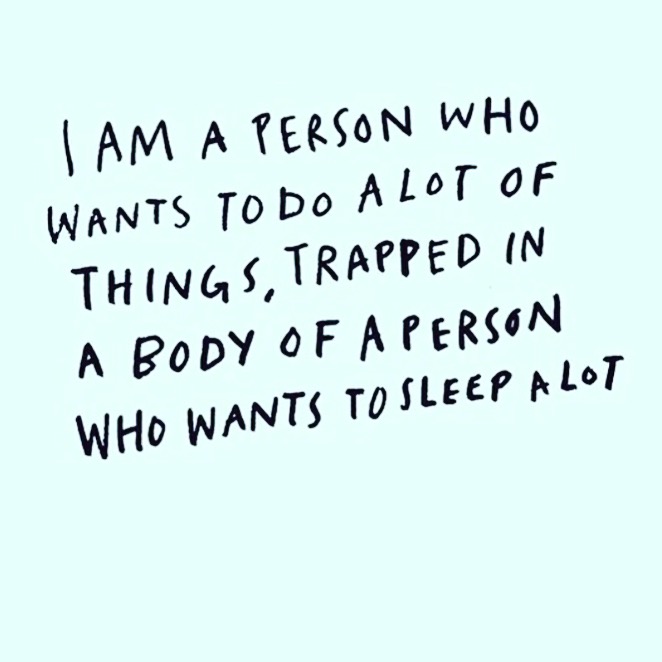
29 Jun Sleep Rituals, or: How to Get Up in the Morning Feeling (and Staying) Refreshed
I like to think I am a morning person. I love to get up early and meditate while the world is still quiet. I don’t like waking up with an alarm though. Already years ago I downloaded a song from my favorite movie as my wake-up call. It is a gentle sound that doesn’t jar me as much as a loud “beep beep”. But still…. I need at least 8 hours of sleep, and sometimes my body clearly indicates that it needs more. Last weekend I hadn’t set my alarm only to wake up realizing I had slept more than 11 hours!
More than anything, a routine of going to bed around the same time and making sure I get to sleep my 8 hours has been working best for me. Ideally I am in bed no later than 10:00 p.m., some days as early as 9:30. My husband travels to Europe several times a month. His sleep schedule is anything but regular. So he has become really good at taking naps. Also if your sleep schedule is off for other reasons (maybe you have small children, your dog who wakes up early, or you suffer from insomnia) taking a nap in the afternoon is an ideal way to boost your energy. I love napping. I have found a nap to be much more effective than drinking coffee. As a matter of fact, I have stopped drinking coffee all together because it actually makes me more tired.
According to the National Sleep Foundation there are two ideal lengths for taking a nap: 20 or 90 minutes, preferably between 1:00 and 3:00 p.m. A 20-minute nap will leave you with “improved alertness, enhanced performance, and a better mood”. Since 20 minutes is not long enough to go into a deep sleep, you won’t wake up groggy (so do set an alarm!). If you sleep between 30 minutes and an hour, you’ll likely enter deeper stages of sleep but it will not be long enough to complete a full sleep cycle. You will therefore likely wake up feeling more tired than before. The ideal length for a nap – if you are fortunate enough to have the time – is 90 minutes. During this time your body can go through a complete sleep cycle, which has shown “to boost memory and creativity”.
Now what to do if you can’t sleep during the night? I usually fall asleep quite quickly, but if I wake up during the night I don’t always go back to sleep that easily. This gets worse when I travel to a different time zone. That’s how it was in Italy last month. The first night there I had slept really well (as I basically had skipped a night coming over on a night flight). The second night started off well too, until I woke up two hours after I had gone to bed. I was right awake. I tossed and turned for a while, until I reminded myself reading that this is the worst strategy for getting back to sleep. So I decided to listen to a guided body scan meditation instead. Any time I had done this meditation at home during the day, I had fallen asleep. Not this time. I heard every single word of the meditation, and noticed each body part very consciously. I was still awake however. Then I remembered an exercise that had helped me in the past: the 4-7-8 Breathing Exercise. This breathing technique, suggested by Dr. Andrew Weil, a Harvard trained medical doctor, is simple and very effective:
Place the tip of your tongue against the ridge of tissue just behind your upper front teeth and keep it there through the entire exercise. You will be exhaling through your mouth around your tongue; try pursing your lips slightly if this seems awkward. Then follow these five steps:
- Exhale completely through your mouth, making a whoosh sound.
- Close your mouth and inhale quietly through your nose to a mental count of four.
- Hold your breath for a count of seven.
- Exhale completely through your mouth, making a whoosh sound to a count of eight.
- This is one breath. Now inhale again and repeat the cycle three more times for a total of four breaths.
You can watch a video on how to do to it here.
This breathing exercise requires some practice, and will become more effective when you do it regularly. Dr. Weil recommends practicing this breath twice a day to begin with. If you still don’t fall asleep, you can always try the Body Scan meditation (see below). Maybe you’ll have better luck than I did!
Whether you sleep during the night, the day, or hardly at all, remember that meditating daily (also if you’re tired) is a proven way to enhance your concentration and overall sense of well-being. So, also when I don’t get up at the crack of dawn, I will sit on my meditation cushion at some point during the day. Even if that is not till the afternoon. And if you’d like to practice your meditation lying down, you can always do a Body Scan meditation. I have recorded one that you are welcome to listen to here. I’m not guaranteeing your meditation will not turn into a nap though!
For more inspiration for a morning routine once you’re up, you may also like this blog post: My Ideal Morning Routine.